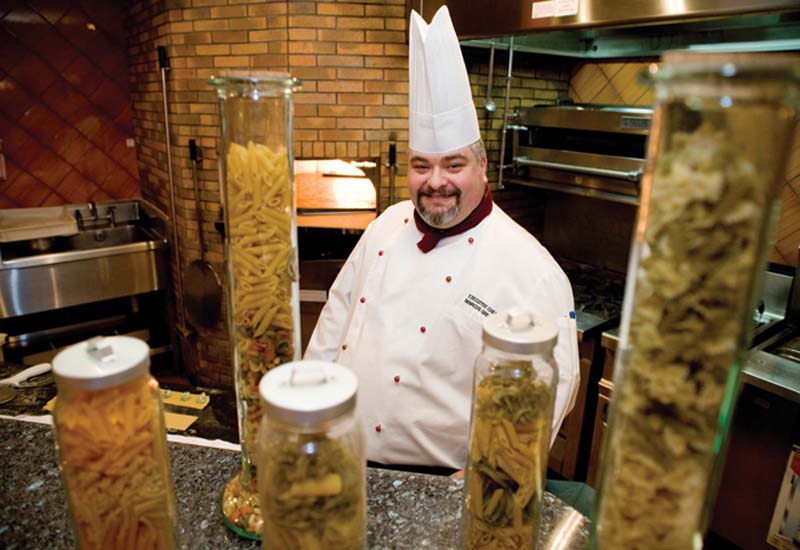How has the role of executive chef evolved in recent years?
Gregs: The executive chef has turned into more of a business manager with a very PR-marketable side.
Wardhana: Hotels' F&B offerings are growing bigger than they used to be so executive chefs have to do more administration rather than involving themselves in the kitchen.
Sebastien: In the past, the executive chef was more involved into the kitchen itself, taking part in the service, ensuring that all dishes were served as per the recipes and so on.
Today it is more a managerial position and we are more involved in the strategy and the financial side of things.
Gube: Due to hotel competition, exec chefs have had to become more effective in terms of things such as cost management, especially as all products have increased in price, some by more than 35%.

Advertisement
There are also challenges when it comes to hiring good quality and experienced staff.
McGowan: From my experience, witnessing the head chefs over the years, the traditional role has evolved a lot - they now wear more than one hat!
The roles includes team leading and mentoring, teaching, handling finances, being an ambassador and quality controller, dealing with human resources and even being a "big brother" to the more junior kitchen staff.
Knaubert: I truly believe that executive chefs need to break free from the classical role of being a leader behind the lines, just taking care of the brigade in a sort of a militaristic fashion.
I believe in working and interacting with my entire team, including the front-of-house, so that we can deliver an outstanding and unique product.
Team spirit is the quintessence of our success nowadays, as well as knowing that the preparation of a dish ends in front of the guest.
What is your average food cost percentage at the moment?
Gregs: It's 31.7%. If we do not have any bookings through the conference and events department for lunch, I do not put out a lunch buffet, which saves AED 3000 (US $817) for the food cost directly.
Wardhana: Our average is 33.3%.
It is getting harder to keep up with the soaring prices in Dubai.
Sebastien: We are currently running at 32% but that's not the most important thing, even if we are judged on it.
I prefer to have a higher food cost, offering high food quality at a reasonable price and having all of my restaurants full. The food cost is just a measurement tool.
Gube: Our food cost is between 30 and 35% - it depends on the restaurant, which ingredients are used and where they are being sourced from.
I analyse consumption to avoid wastage and try to purchase the best produce at a realistic price, as well as carrying out sales price comparisons to help keep food costs down.
McGowan: Our team focuses on correct ordering, storage, rotation, production and preparation, as well as tight communication.
As we are in a city that offers many "pop-ups", an additional stock is kept on hand to accommodate last minute requests, but the communication and daily stock inspection allow this to be utilised in the outlets.
Knaubert: I average a 30% food cost.
Action plans to minimise this always need to include close liaisons with local suppliers and producers to find the right products for the specific operation.
This is the first step in avoiding wastage and the misuse of products within the kitchen, which is a primary cause of increased food cost.
What are the challenges of sourcing supplies in this region?
Gregs: Due to the distance involved, items are not always readily available at short notice.
Sometimes the quality is not up to standard and, as there are no other local suppliers able to replace these items at short notice, careful planning is required.
Sebastien: In today's Dubai market, there are no difficulties in finding or bringing in products from overseas.
The only problem is that there is more demand than supplies. How can cities like Dubai run short of things like eggs?!
Gube: Professional product knowledge and flexibility is often something the suppliers' staff lack.
Also, the best organic or artisan products are very difficult to find.









 Search our database of more than 2,700 industry companies
Search our database of more than 2,700 industry companies









